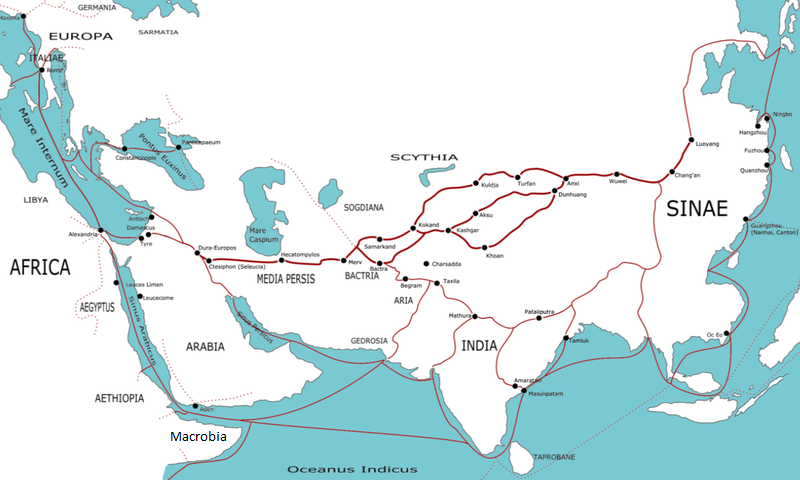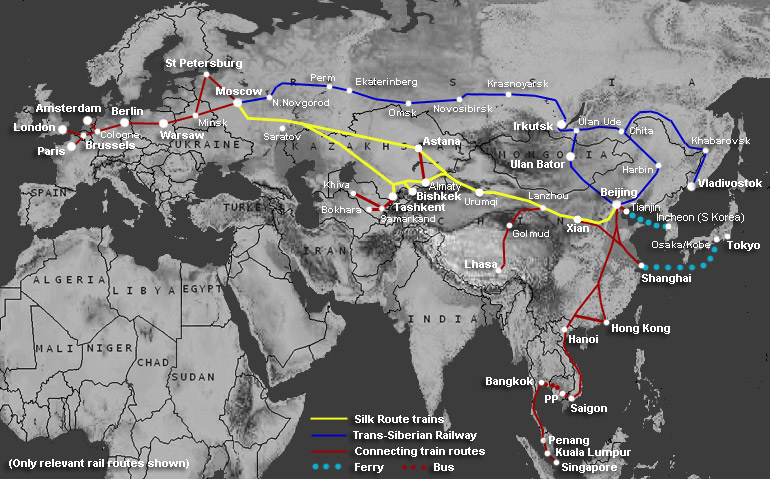I neglected to mentioned what Beijing winters are like. Dry and windy is probably the best way to describe them. I once asked my students if Beijing got snow or rain. They replied “No”. Instead? Pollution! Anyway, it’s not true that Beijing doesn’t get snow but it doesn’t happen very often. However, as one expat put it, given the amount of smog (commonly referred to as “the haze“) the more appropriate term for Beijing’s snow is “snirt”, a combination of “snow” and “dirt” which would make it similar to acid rain. Alas, it didn’t snow very much and it usually melted pretty quickly. Beijing is hopeful, however, that they have bid for the 2022 Winter Olympics, which seems kinda odd given how often the city actually receives the fluffy white stuff. There are a few places where they have generated some snow to create skiing and snow mobile tracks or hockey rinks.

It’s quiet around campus these days as most of the other folks have taken off either back home or to travel the region. It’s interesting to see so many people take off and post pictures of countries that I had the opportunity to visit a few years ago. It reminds me of the time I spent there and had me looking through some of my old photos and videos. I’m glad they have the opportunity to see the area but cautioned them to stay focused. Southeast Asia, with it’s cheap and well-connected tourist paths, abundant sights, and wild nightlife, can seduce you into staying longer than you expected.
Been on a tear reading. Since last writing I managed to finish three books, including Angelina Jolie’s Notes from My Travels, Bill Bryson’s A Short History of Nearly Everything and Paul Theroux’s The Great Railway Bazaar.
I had started Jolie’s book a few months ago but simply didn’t have the time to finish it so I’m glad I finally got through it. It’s mostly a promotional book about her work for the United Nations Human Rights Council which, although illuminating about some troubled regions, isn’t a very relaxing read. The areas she travels through such as Cambodia, Colombia, and Sierra Leone (and a few others) are rife war, poverty and suffering. The book was published over a decade ago so I’m not sure how many problems have been solved since then. I’d wager not many. Still, it had me looking at the map and wondering what those countries would be like to see first hand.
Contrast that travel diary with Theroux’s work in The Great Railway Bazaar. Theroux takes the train from London to Calcutta, through parts of southeast Asia, flies over to Tokyo and then sails over to Russia to take the Trans-Siberian Express back to London. His journey focuses on train travel and the people he meets. He stays away from describing the tourist sites too much and keeps his narrative on places short and to the point. Instead, his adventures on the train are focused on the people he meets.
It’s an interesting journey and got me thinking of doing something similar. I’ll have two months off this summer (if my contract is renewed) and one of my ambitions is to circumnavigate the entire world which, if you’ve been following along, requires me to close the gap between Bagan, Myanmar and Kharkiv, Ukraine. There are two ways to do this, the first and easiest is with the Trans-Siberian Express which is one or two trains from Beijing all the way to St. Petersburg. The next way is along the old Silk Road/Route which goes through the Middle East, including countries such as Afghanistan and Iran. Those areas weren’t mired in war when Theroux was writing, at least not as much as now (though he did travel through Vietnam when that country was at war).
The Silk Road changed over time but this is what it looked like in the first century.

And now there are trains connecting many of those parts together.

Interesting you might think, but then you must add up the visa costs and train tickets and then gauge roughly how long you want to stay in each country. Most visas are about $60USD and allow you to stay in the country for 30 days. I think I can apply for these visas here in Beijing which would make my life easier, but it also requires me to plan a trip, something which I haven’t done in years. Aside from war, I hate paying for a 30-day visa and only stay for a few days, it seems a waste to me. But, given that I want to travel through a bunch of different countries, it might be that I can only afford a few days in each country in order to stay on schedule. Anyway, it’s fun to think about.